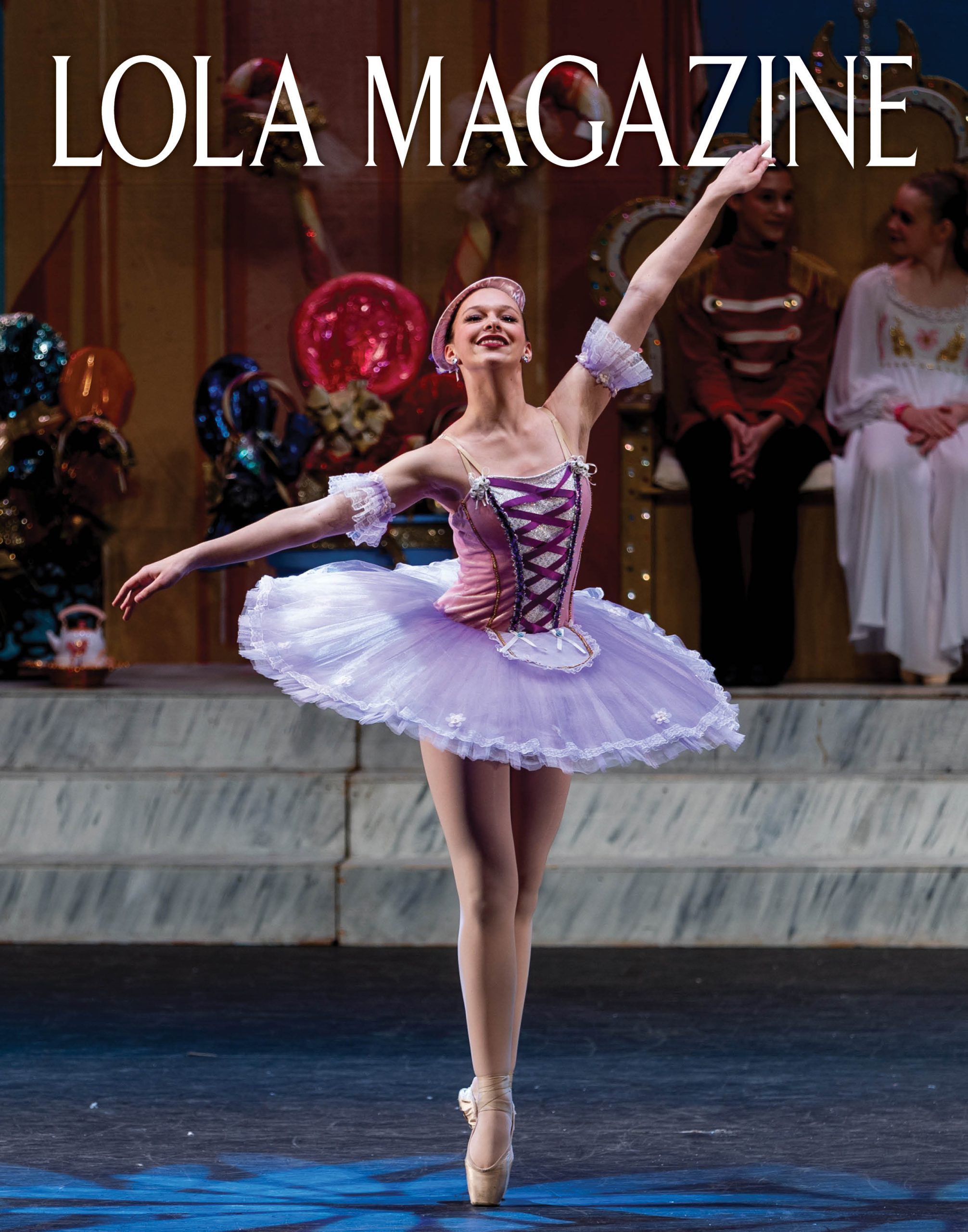When I had the opportunity in November 2016 to leave my long-held position as executive editor and general manager at The News-Star Media Group in Monroe, I considered it a “rewiring” of my life.
I wanted to create a company that would allow me take on projects that would inspire me.
So I knew Rodney Ray at RSquared Productions was trying to get a new movie off the ground. I approached him with my typical editor/writer hat on. “Do you need help with the script?”
Rodney knew better than I that I had something to give to this faith-based film. We did lunch, we talked and soon I was hired as an executive producer for “Cowboy & Indiana.”
That job is one I’ve found I’m well suited for – logistics and organization, envisioning problems before they happen, and using my skills and contacts in the community to create a buzz about our project.
To say that the logistics, prep and other behind-the-scenes work on any production before filming actually starts is 30-40 percent of the work is probably an uneducated guess on my part. But it’s a big deal. We’ve been working hard for months before any actor arrived.
Here’s what happens:
The film is broken down into scenes. For each scene, an ideal location is in the director’s mind. My job (with no film experience) was to suggest appropriate locations and sometimes those didn’t work because I had no idea about lighting and other distracting elements.
So Rodney, his beautiful wife Jill, our location manager Jennifer Lord, and I spent a lot of hours and miles running around northeastern Louisiana selecting locations that fit with his director’s vision.
Once we selected things that “might work,” the real work started. Our film is entirely on location. We’re not building sets and working on soundstages. So through the course of our six weeks of filming, we’re all over the place.
Each location had to be negotiated and secured through a written location agreement. This is a legal document that protects both parties. The movie crew gets access on the stated dates, provides insurance, and agrees to return the property to the state in which it was found before the film crew arrived.
Some of these were executed without a hitch. Others required us to use our extensive base of local contacts to get the owners to talk to us and explain how we operate. And still others required some hand holding to make sure we really weren’t going to go in and tear up the place.
Our company goes in to a location and takes photos of everything before we start. When we leave, we make sure everything is at minimum left as it was when we arrived. Sometimes, we leave it even better!
But the location work doesn’t stop with securing the place. In my role, I continue to work with the property owner or manager to mutually agree when the crew can access the location to begin set dressing before filming starts.
Sometimes that set dressing requires some alterations, like a scene we want to film at the Monroe Civic Center in one of their dressing rooms. The room is great, but it’s day-glo yellow and we want it to be a soft gray for filming.
So part of our location negotiation is both parties agreeing that the film company can paint the room, the Civic Center approving the paint color and type, and our crew handling the paint job.
It’s constant details, details, details. And once you get into actual filming, as we are now, there’s a lot of hand holding with the individual location owners and managers to make sure we’re holding up our end of the bargain.
As I am learning, the film process is pretty darn slow. It can take hours just to get one or two scenes, and property owners don’t always understand the time requirements.
Sometimes, it’s a juggle as we had to do at Tower Place – a wedding rehearsal dinner was scheduled while we were still going to be in the building, so we flipped our schedule for the day to be in and out in the morning. It worked.
I’m really proud that Rodney Ray wanted to showcase the best northeastern Louisiana has to offer in this film. Our amazing locations include an exclusive property on the Ouachita River, Tower Place, the Vantage ballroom, Landry Vineyards, the Morehouse Activity Center and the Monroe Civic Center.
Come back and visit with me next issue, and I’ll give you more behind-the-scenes looks at the people who make a movie happen.


Kathy Spurlock, a national award-winning writer and editor, retired in November 2016 from The News-Star Media Group and launched Spurlock Communications, a marketing and public relations company. She’s currently an executive producer with Key Entertainment, producer of “Cowboy & Indiana,” a media relations executive at Grambling State University and a social media representative of various businesses in Monroe.



































